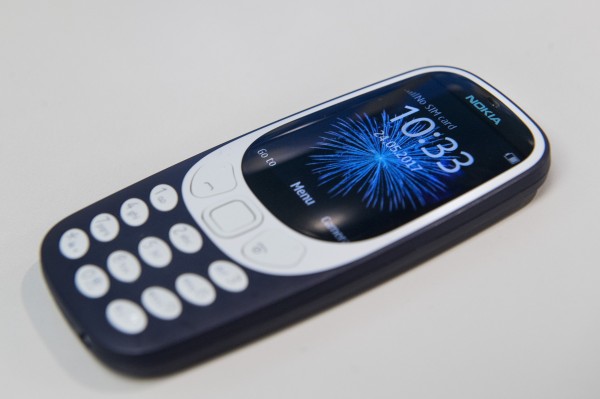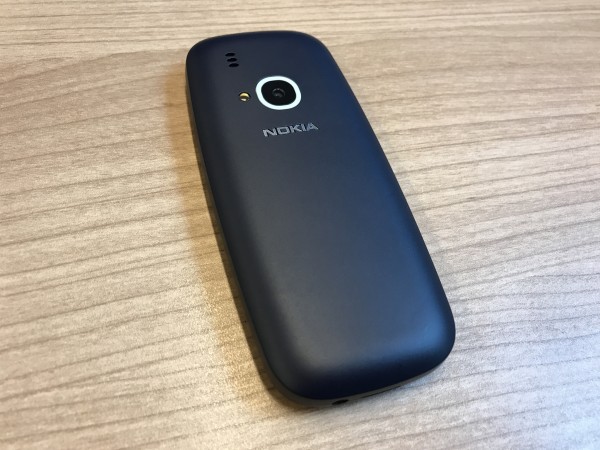Should you switch to a retro phone now the Nokia 3310 is back?
Is it time to go back in time when it comes to your mobile?

The revamped Nokia 3310 has gone on-sale in the UK, bringing with it a wave of early 2000s nostalgia.
The mobile phone was first released 17 years ago, but as part of their own device comeback Nokia has brought back the retro handset.
But how easy is it to jump back in time and switch to a phone that isn’t as powerful or multi-tooled as today’s smartphones?
General use

Everything about the 3310 is alien to users of the modern smartphone.
The form factor is considerably smaller – though that does mean the phone is delightfully light – but the display is around the third of the size of what you’d be used to a modern day smartphone.
Also, no matter how many times you tap the screen (many in the first few hours of use) it won’t turn into a touchscreen.

You have to make do with physical keys, which isn’t completely alien these days, but the central menu key is a select button on the 3310, not the Home button our brains are used to on smartphones. Cue several instances of selecting things you don’t mean to.
Nokia and HMD Global have also taken the rather strange decision to rely on an operating system based around unfamiliar app icons, which means general navigation with the 3310 isn’t very intuitive.
Internet productivity

But perhaps the most glaring difference when trying to rely upon the 3310 is the sudden loss of internet connectivity.
In much the same way the world seems to lose its mind when any social network goes offline, suddenly being unable to access email, Twitter and generally surf your favourite news app jolts quite hard.
The 3310 has an ‘app store’ from which you can download more games, but it lacks the ability to truly get online.
In some ways it perfectly defines just how dependent the modern mobile user is on their device – from using it to communicate to paying for journeys and other services.
Keyboard

BlackBerry is already pushing for the return of physical keys with its new KEYone handset, but Nokia offers a throwback to typing in the early 2000s with their own keys.
This means rediscovering the cumbersome effort that was texting on the 3310, where it took three presses of the number five key to get an ‘L’ and four of the nine key if you needed the letter ‘Z’.
There’s a reason this format died.
Mapping

Back on the subject of dependence on our devices, the lack of GPS and any mapping software on the 3310 is another shock to the system when exploring or commuting.
Suddenly you can’t plan or alter your route quickly based on congestion or station closures, or find the nearest cash point to you with a quick Google Maps search.
Yes, you can text your host to find out the address you’re heading to, but that’s still only half the battle. Time to dig out the paper map.
Camera

Perhaps not surprising on a £50 device, the camera on the 3310 is not one you should rely on. It’s only two megapixels and so isn’t able to truly capture detail if that’s what you’re after.
Storage also appears to be limited to just a handful of photos, so taking a burst of photos on a day out is probably a no-no too.
Positives

On the other side of the argument however, there is the lightweight durability the phone brings, and the reduced concern about damaging or losing your phone that comes with switching to the 3310.
The simplicity, despite its initial surprise, is also quite refreshing.
For holidaymakers and festival goers this is an ideal tool for keeping in touch without the fear of losing an expensive piece of tech.
As a secondary or part-time device then the 3310 is a great option, but for anything more than that you might struggle to stay in touch.





